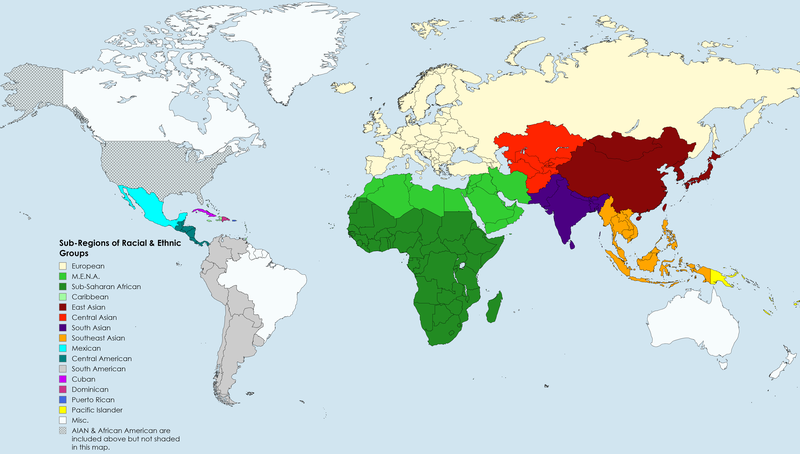The American South has been one of the fastest growing regions in the Country over the last 50 years. The South is large and geographically diverse stretching from North Carolina's Outer Banks to the Sabine River. There is significant diversity in the major metropolitan areas of the South (Atlanta, Charlotte, Nashville, Raleigh, New Orleans, Memphis) not unlike metropolitan areas across America. Uniquely, the South also has exceptional diversity in its Rural areas.
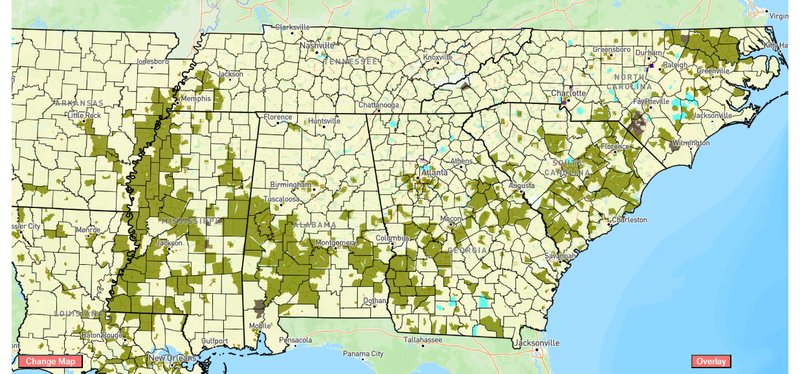
There are large concentrations of African American Ancestries in the rural South - particularly in the Black Belt. The Black Belt, as defined most broadly, stretches from the Delta regions of Arkansas, Mississippi, and Louisiana east through central Mississippi, Alabama, and Georgia before arching northeast through the South Carolina low country and North Carolina's Coastal Plain. This massive region is home to some of the highest concentrations of African-Americans in the country and play a crucial role in defining the Southern Culture.
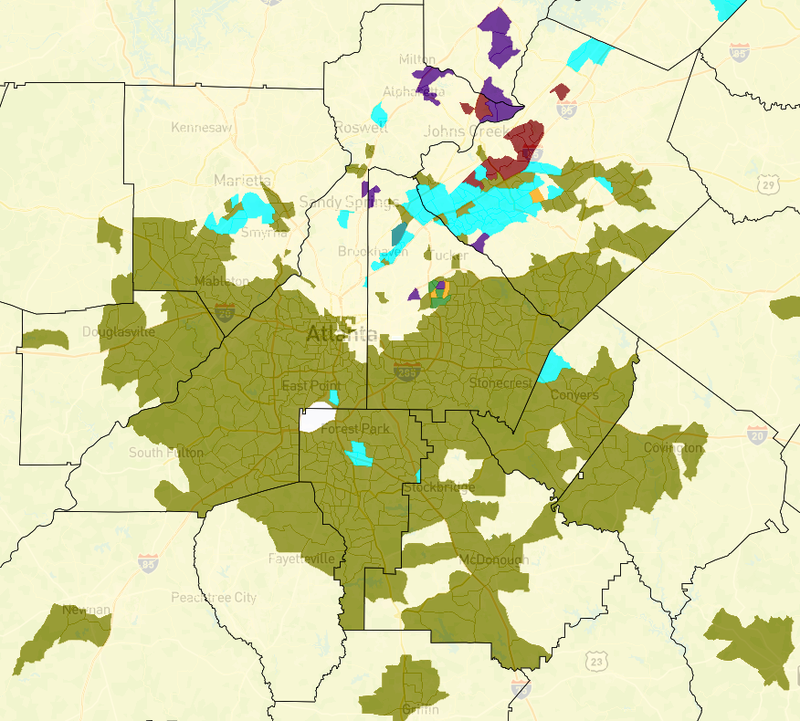
Outside the Rural areas, there are some of the fastest growing metro areas in the country including Atlanta, Raleigh, Charlotte, and Nashville. The largest of these rapid growing metros is Atlanta - home to over 6 million residents with a diverse array of ancestries: most predominantly African American, Sub-Saharan, European, South Asian, East Asian, Central American, and Mexican. African American ancestries are focused in the southern portion of the Metro centered in Atlanta spreading into portions of Cobb, Douglas, Fulton, Fayette, Clayton, Henry, Rockdale, Newton, DeKalb and Gwinnett counties. Larger Sub-Saharan communities are found in central DeKalb County near Stone Mountain and in South Fulton near the Atlanta Airport. Meanwhile, northern DeKalb and western Gwinnett have growing Mexican and Central American ancestries. The South Asian and East Asian communities have also been rapidly growing in areas such as southern Forsyth County, Alpharetta, Johns Creek, Duluth, and Peachtree Corner. With all of this growth, Atlanta is quickly becoming one of the most diverse metro areas in the country.
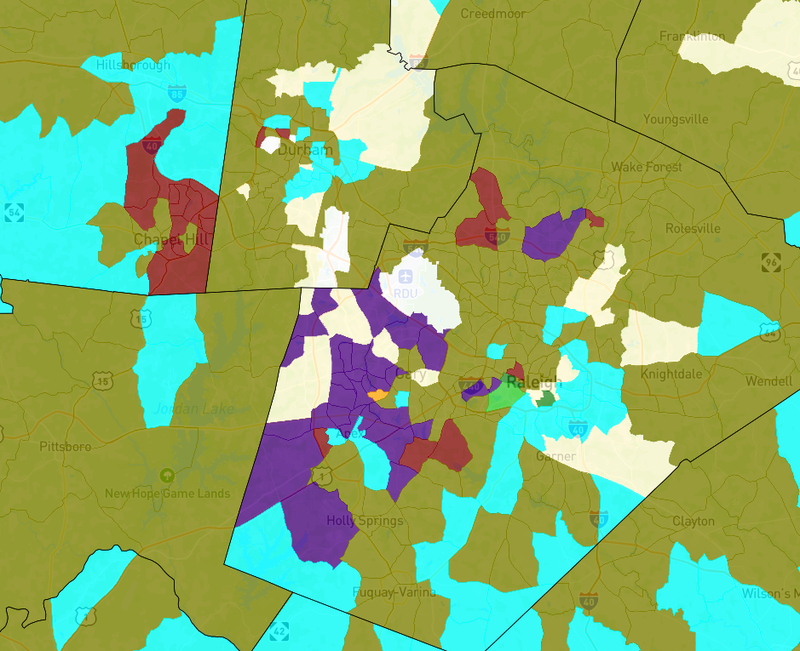
Atlanta is not the only southern metropolis with a growing Asian population. The Raleigh metro has a rapidly growing South Asian community in Cary and an East Asian community in Chapel Hill. Chapel Hill is home to the University of North Carolina at Chapel Hill, one of the largest schools in North Carolina. Cary lies in the heart of the Research Triangle Park - the largest research park in the country.
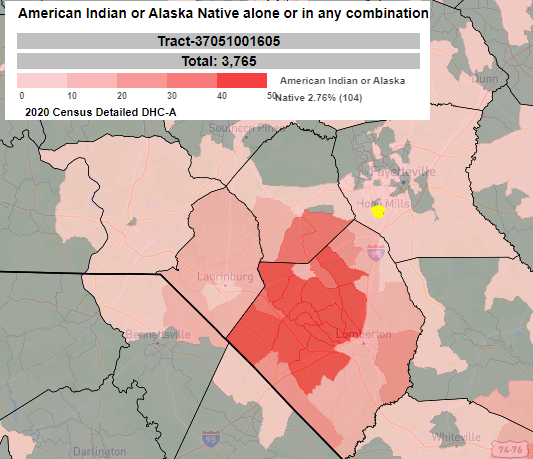
The South is also home to one of the largest areas of Native Americans outside of the American West. The Lumbee Tribe of ~55,000 members is based in Robeson, Hoke, and Cumberland Counties near the Sandhills Region of North Carolina. The Lumbee are the largest tribe east of the Mississippi River and the ninth largest in the country despite not being a federally recognized tribe. However throughout the South there are concentrations of 2nd and 3rd place Native ancestries, especially in the ancestral areas of the Cherokee and along the Trail of Tears. These areas are mostly found in northern Alabama, northern Georgia, Tennessee, and into Arkansas.
Continue to explore the interesting trends seen throughout the state looking at the 2nd group or Group Percentages to go beyond the surface level 1st largest groups.
The image below depicts the countries classified within each regional group per the Census Bureau. There are two groups, Alaskan Native/American Indian Group and the African American, that are not shown on the map, despite their classification as "regional groups" in the interactive map.
